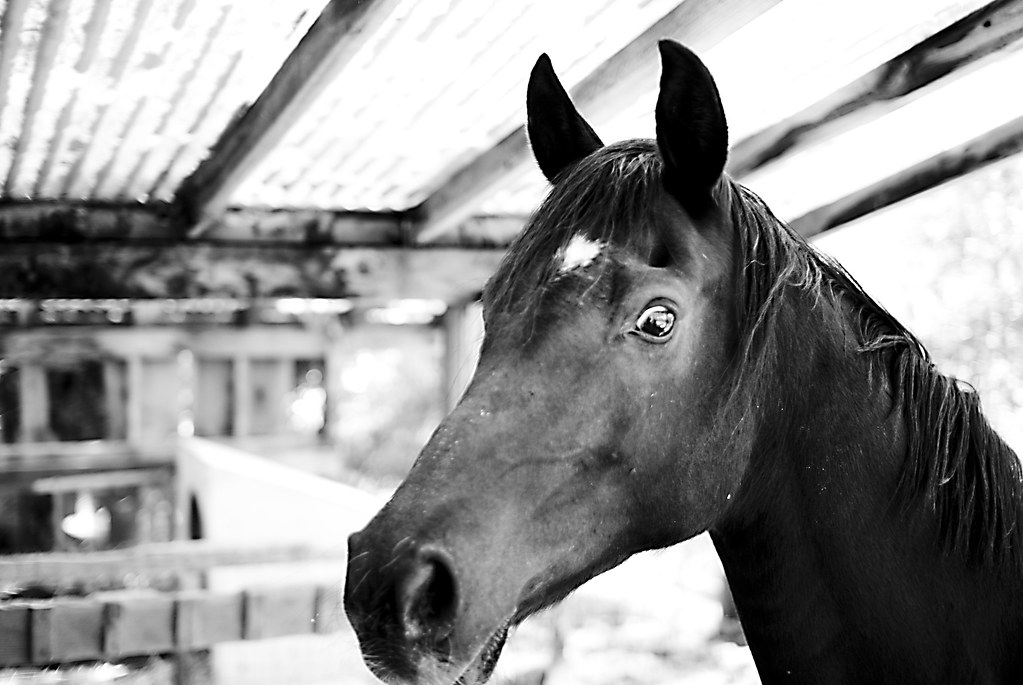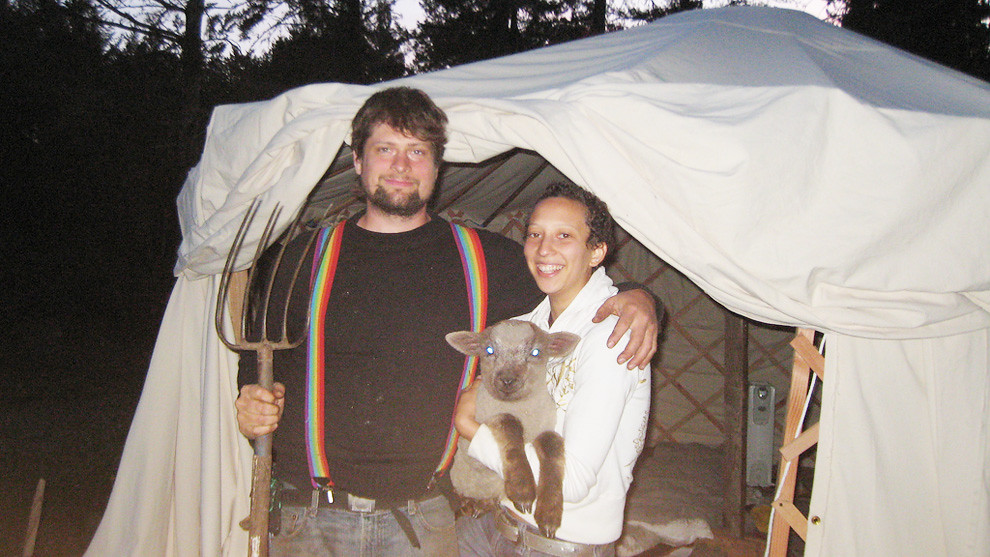They invite their friends to eat. I've started to become friends with them too. I've gotten pretty close to lacto bascilli, mesophillic m and many other single celled organisms that like to hang around. After scouring the internet and the raising goats section at the library this is what I found. What we now call cultured buttermilk is what used to be called cobbled milk, which is raw milk with a little extra acid (vinegar or lemon juice) sitting out for a few days that starts to get chunky aka cobbled. The cobbled milk is extremely tangy which is what gives chevre its distinctive taste.
When we first got our goat I was overwhelmed by the amount of milk we had to figure out something to do with everyday, without being able to refrigerate it. Now she's a modest milker giving about a gallon a day which is a lot of milk for two people to drink in one day. I'm lactose intolerant which is a big shade of gray because well like everything else in life we're all different. My favorite food is ice cream and I can eat some ice cream brands Hagan Daz but not others like Ben and Jerry's because of the different processes and ingredients they use. With a little yogurt before consuming any dairy product everything goes much smoother...well maybe actually more solid. Anyways we have all this milk and I refuse to waste it and even though the fat and sugar molecules are smaller and more digestible in goat milk than cows milk a gallon a day is still a lot for a non-traditional milk drinker; Our solution was to make it into cheese and other pre-digested goodies.
The easiest cheese to make is farmer cheese, cottage cheese's older less creamy sister. Its quick and easy and doesn't leave you worrying about the milk getting to warm and becoming suspiciously thick. But after a few days of bland lightly salted cheese I start to get anxious for sharp cheddar, aged gouda, and pepper jack.
After mastering the art of making good rotten milk the next step was to take the ultimate plunge into luxury and make the high priestess of cheeses, brie.
Before I started my voyage into firm outside and gooey middleness I was intimidated. Could I, a semi-lactose intolerant womyn make such a delicatessen food without buying fancy bacteria starters and no fridge? Well yes, making brie is really simple. All you have to do is make some farmer cheese and after you've poured off the whey mix in some meso culture or ripe brie and place in a mold, in my case a coffee can with holes, and let sit in a cool place for about a month. Who knew such a gourmet food would be so simple?
The easiest cheese to make is farmer cheese, cottage cheese's older less creamy sister. Its quick and easy and doesn't leave you worrying about the milk getting to warm and becoming suspiciously thick. But after a few days of bland lightly salted cheese I start to get anxious for sharp cheddar, aged gouda, and pepper jack.
After mastering the art of making good rotten milk the next step was to take the ultimate plunge into luxury and make the high priestess of cheeses, brie.
Before I started my voyage into firm outside and gooey middleness I was intimidated. Could I, a semi-lactose intolerant womyn make such a delicatessen food without buying fancy bacteria starters and no fridge? Well yes, making brie is really simple. All you have to do is make some farmer cheese and after you've poured off the whey mix in some meso culture or ripe brie and place in a mold, in my case a coffee can with holes, and let sit in a cool place for about a month. Who knew such a gourmet food would be so simple?




